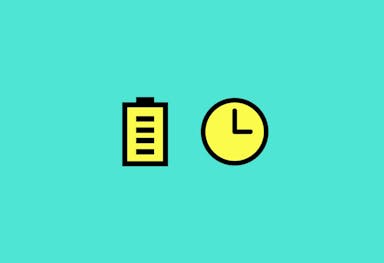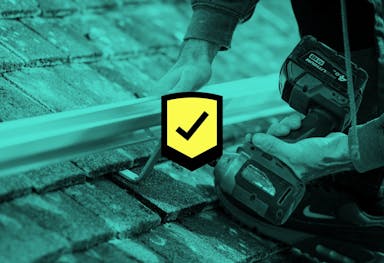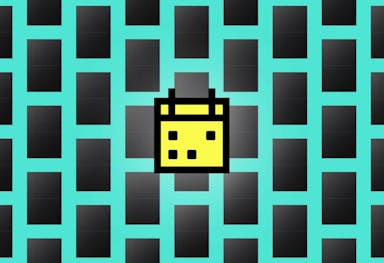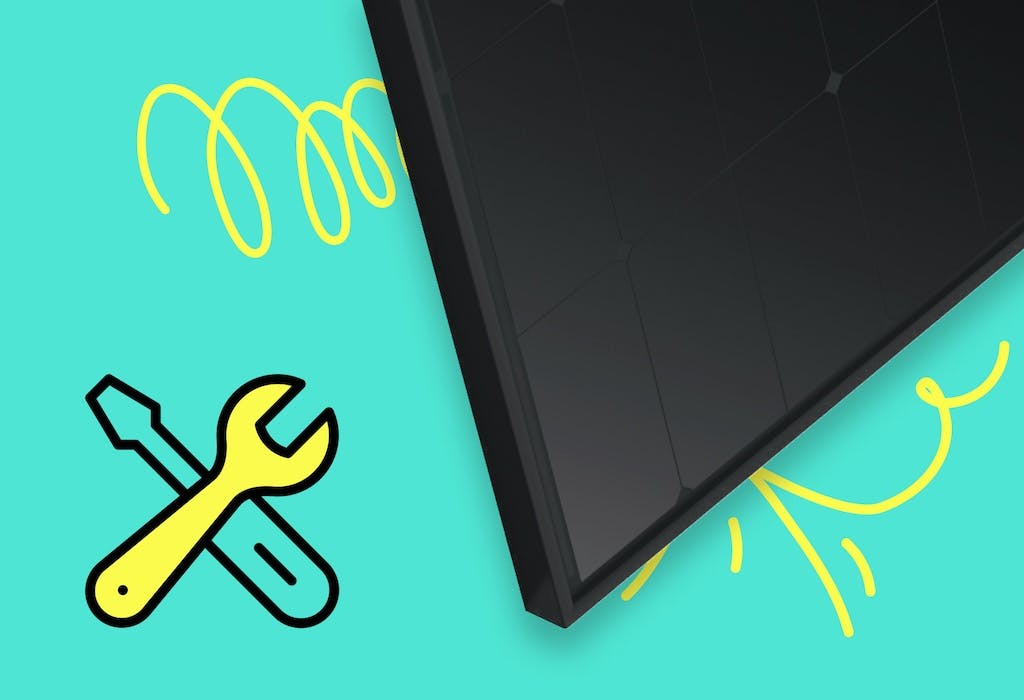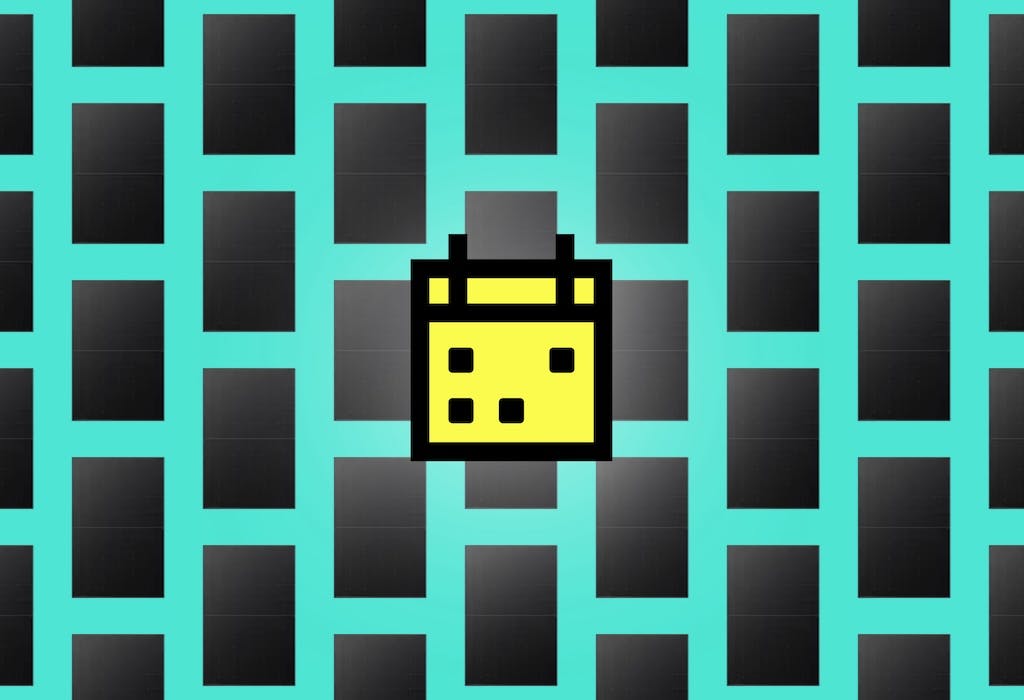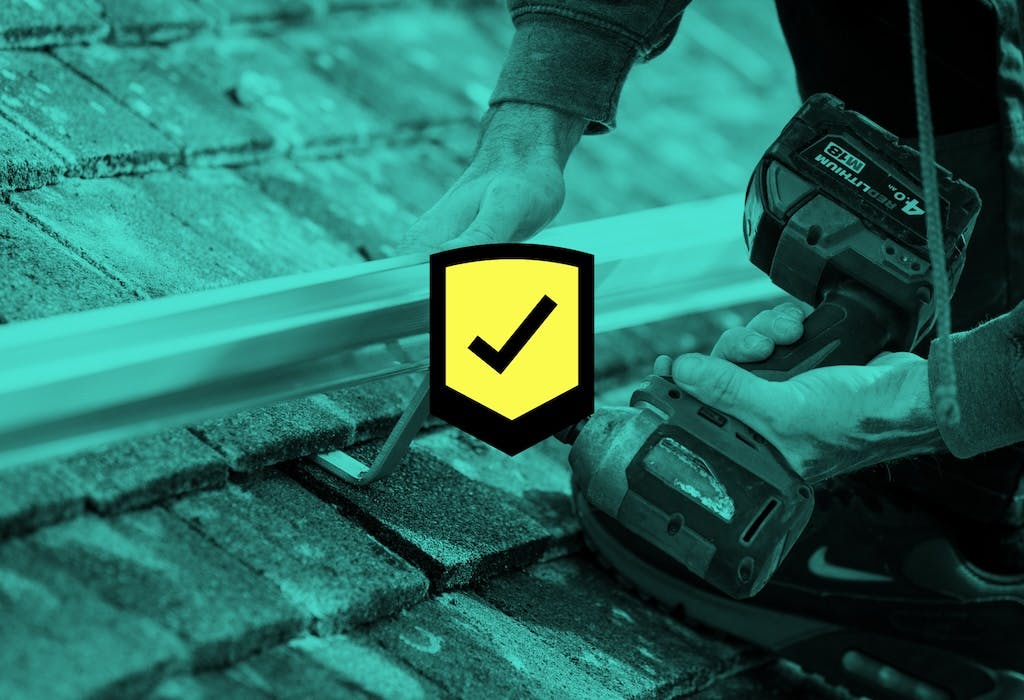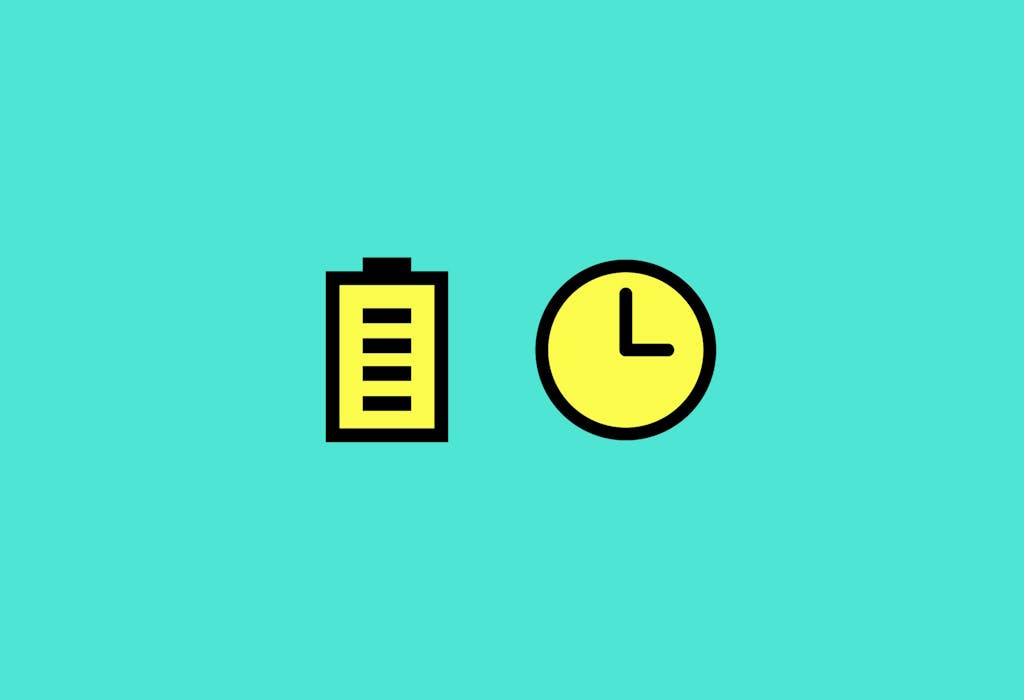- Solar advice hub
- Maintenance
- Solar panel maintenance: an expert guide
Solar panel maintenance: an expert guide
Here's why solar panels need maintenance, how to take care of them, the most common problems, and how much it costs.


Why you can trust our content
We know that the solar industry is full of misinformation, but we only use reliable sources, including:
- Our experienced solar experts, installers and system designers
- Our own database of solar & battery system designs
- Authoritative bodies like MCS and the UK government



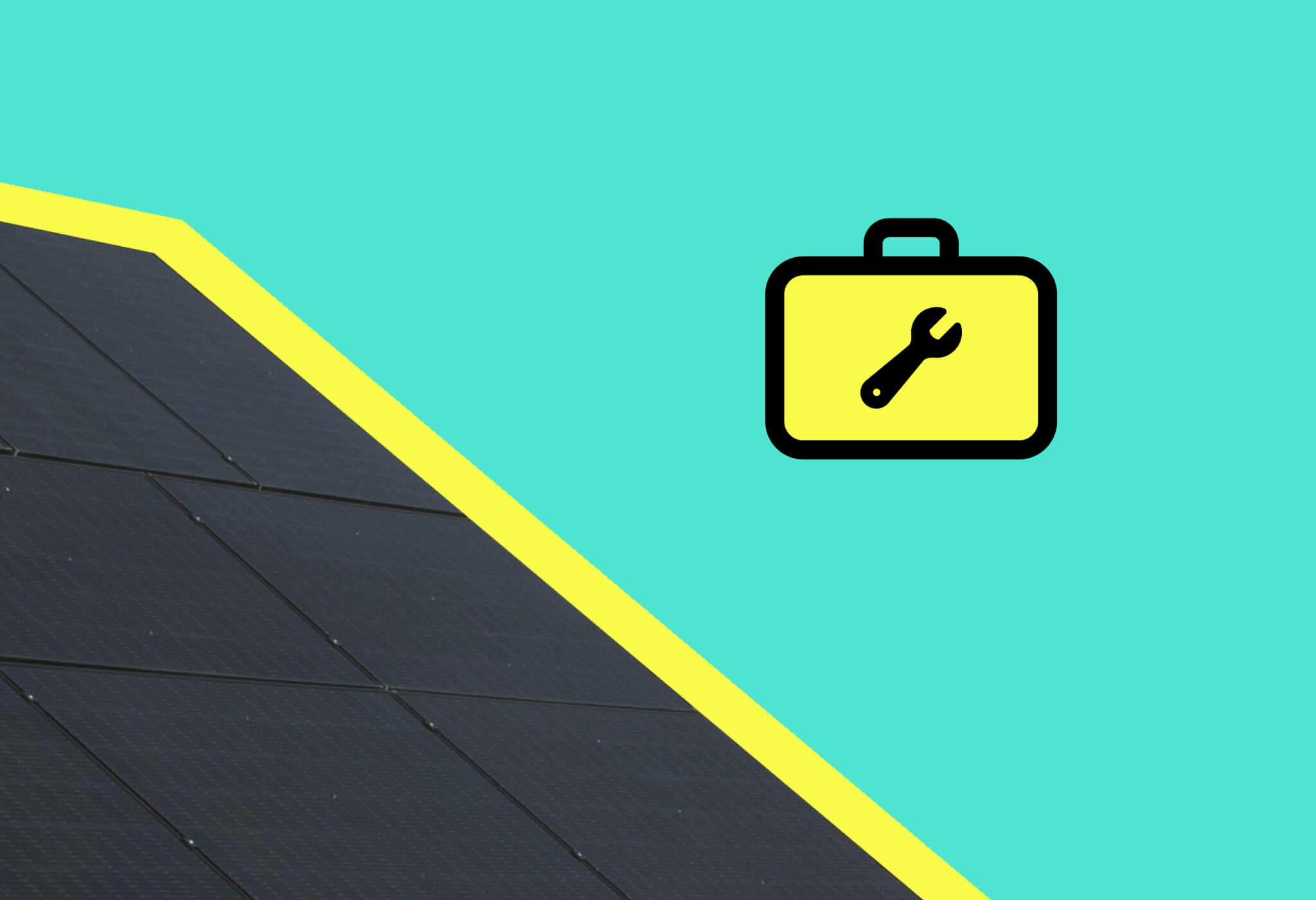
Calculate savings
What kind of home do you live in?
Calculate savings
What kind of home do you live in?
Solar panel maintenance: at a glance
When you’re investing in your home’s future by getting solar panels, it makes sense to take proper care of them.
That way, they can produce as much electricity as possible, which will save you even more money on your electricity bills and reduce your carbon footprint by a larger amount.
In this guide, we’ll explain why solar & battery systems need maintenance, how to take care of them, the most common problems that can arise if you don’t, and how much it costs.
If you’re wondering how much a solar & battery system could save you, just answer a few quick questions below and we'll provide an estimate.
Find out how much you can save
What kind of home do you live in?
Do solar panels need maintenance?
Modern solar panels are durable and have no moving parts, but it's a common misconception that they require no maintenance.
Some technical experts in the industry estimate that a solar & battery system will need three maintenance call-outs across a 20-year period - one for the panels, one for the battery, and one for the inverter.
Solar panels also require cleaning every couple of years in order to get rid of dirt and debris.
Other complications can pop up too, with little warning. Solar panel owners told a Which? survey in 2022 that they’d seen their panels get cracked or broken, suddenly produce less or no electricity, and experience electrical problems.
They also reported generation meters breaking, weak electrical connections, and isolator problems.
According to government research, 55% of people in the UK who don’t want (or aren’t sure about) solar panels see ongoing maintenance as a key concern, and 40% think a guarantee scheme would assuage their concerns.
The Microgeneration Certification Scheme (MCS) recommends having an ‘intermediate maintenance’ inspection of your solar panels from a certified contractor every 10 years, and a ‘full maintenance’ inspection every 15 years.
However, you can avoid the need for external solar inspections by getting yourself a solar panel maintenance support package.
Sunsave Plus is the UK's first solar subscription, and it means you can switch to solar with no upfront cost. Every Sunsave Plus system is protected by the Sunsave Guarantee, which includes 24/7 monitoring, maintenance, free replacement parts, downtime cover, and insurance.
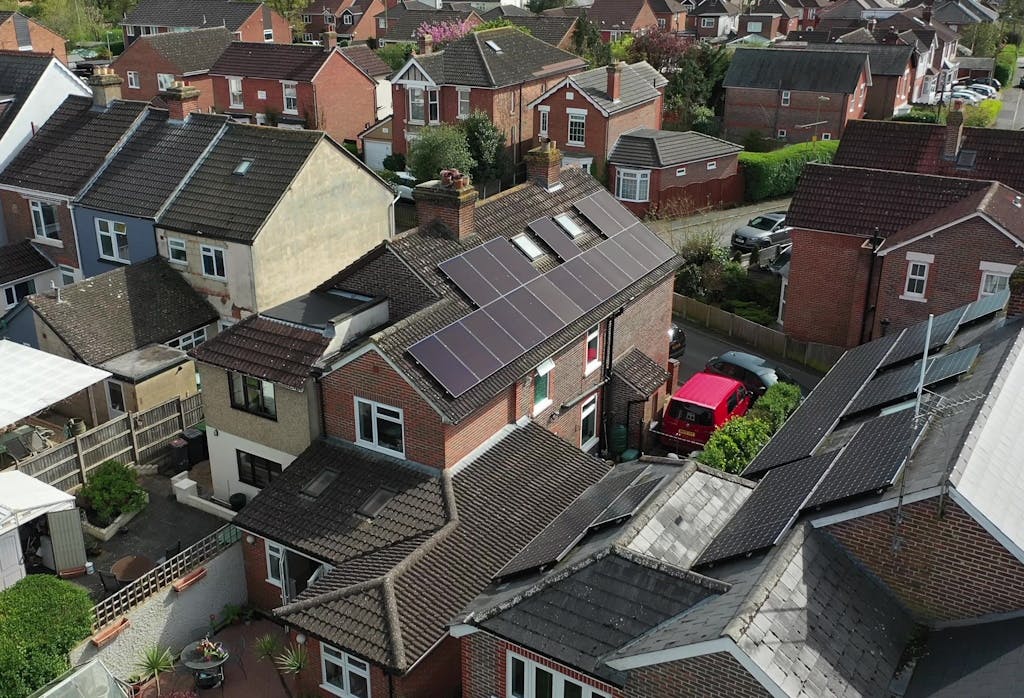
What can go wrong with solar panels?
Like any piece of technology, solar panels will face problems every so often.
The hardware involved can experience wear and tear, electrical connections can break down, and unwanted obstructions can stop your panels from working properly.
Panels can be damaged by falling debris, while your battery can overheat if put in a poorly ventilated space.
These problems can be exacerbated or multiplied if your installer doesn’t set up your panels or battery properly, if you don’t keep any eye on your system, and if you buy cheap solar panels.
Some of the most common issues that can occur include:
- Inverter issues
- Electrical problems
- Battery failure
- Damaged solar panels
- Build-up of dirt
- Damage caused by birds
1. Inverter issues
Inverters generally need very little looking after, but they usually have a lifespan of around 12 years, so you’re likely to need to replace it at least once during your solar panels’ lifespan.
A study in 2019 by risk management experts Det Norske Veritas (DNV) found that an inverter's likelihood of malfunctioning shoots up dramatically after its tenth year, and one half of inverters fail by year 14 - as shown in the chart below.
Thankfully, there’s a solution. Sunsave Plus, our solar subscription service, comes with the Sunsave Guarantee, which provides a free inverter replacement whenever required.
Verified expertAn inverter is the brain of a solar panel system, but it’s also its weakest point, and after around 12 years it’s very likely that you’ll have to replace it. This is usually because its capacitors have been worn out by all the electro-mechanical stress, which is unavoidable. Fortunately, every Sunsave Plus customer gets a free inverter replacement if required.
Alfie Ireland
Head of Operations & Technical at Sunsave
Alfie has worked in green tech for over a decade. During his four years at OVO, he helped develop the world’s largest domestic vehicle-to-grid trial.
2. Electrical problems
Any system that creates, converts, exports, and runs on electricity has the potential to experience electrical issues, and it’s important to look out for them.
Electrical problems may indicate that your system includes faulty materials or loose connections, that other electrical systems in your home are affecting your solar array, or poor workmanship on the part of your installer.
This is why it’s crucial to find the best solar company possible, to ensure your system is set up properly.
If water gets into the direct current (DC) cables between your panels, or if those cables rub up against your roof tiles, they can break down over time, which naturally causes problems.
If your installer rushes or doesn't check their work properly, they may leave loose connections, which can cause your fuse box to trip and start a power cut.
If you suspect your system may be suffering from electrical problems, look at your inverter to see if it’s providing an error code that you can check online or with the manufacturer.
Don’t try to solve the issue yourself, though – electrical issues should always be handled by a certified professional.
The Sunsave Guarantee comes with 24/7 remote monitoring of your solar & battery system, so we can spot any issues as soon as they occur, troubleshoot them, try to fix them remotely, and – if necessary – pay a visit to fix the issue.
Verified expertOne of the most common issues in solar PV systems is water ingress into the MC4 connectors, which link the panels to each other and to the main circuit. Skilled installers prevent this by securing the cables off the roof with cable ties; otherwise, water ingress and friction over time can cause the cables to deteriorate and lead to short circuits.
Andrei Stavila
Technical Manager at Sunsave
Andrei has worked in residential solar installation for more than 17 years, and is a fully qualified electrical engineer.
3. Battery failure
Storage batteries can fail for multiple reasons, although a top-class installer will take steps to ensure your battery works at its peak level for as long as possible.
Lithium-ion batteries, which are the most popular type, can overheat if they’re overcharged, kept in an inadequately ventilated place, paired with a defective charger, or suffer a short circuit.
This can cause a phenomenon called thermal runaway, in which excessive heat heightens the battery’s chemical process, which causes more heat, and on and on in a destructive spiral.
At best, overheating can cause reduced capacity or output. At worst, the battery can shut down and damage the surrounding area.
Your battery can also stop working if it’s left in especially cold temperatures. Most batteries start malfunctioning if they’re made to operate at 0°C or below.
If you don’t cycle lithium-ion batteries for an extended period, or if you regularly undercharge them, they’ll usually deteriorate at a much faster rate than they would otherwise.
If you’re using lead batteries, undercharging can lead to sulfation, which is a build-up of lead sulphate crystals. This can make your battery very slow to load, or stop it working entirely.
And of course, physical damage can massively impact your battery. If it causes a leak of the electrolyte, which transfers the ions between the machine’s electrodes, it can be disastrous for the battery and anyone the electrolyte touches.
If caught early on, damage can sometimes be repaired, but if not, the battery may need to be replaced.
And even if it functions perfectly, batteries last around 12 years, on average – well short of the typical lifespan of solar panels, which is 30-40 years.
The Sunsave Guarantee means any Sunsave Plus customers automatically get a free battery upgrade once it performs at less than 70% of its original capacity.
4. Damaged solar panels
When stormy weather blows through, debris such as broken branches can sometimes hit solar panels and cause them to shatter.
The best models are actually designed to shatter if they’re struck, just like the tempered glass in phone screens, oven doors, and car windscreens.
This doesn’t usually affect your solar panel system’s output directly, but the shattered surface may let moisture into the panel, which can then affect its output. You’ll need a certified engineer to fix it.
Depending on the angle of your roof and how large the damage is, you may see what's happened – but some people wouldn't notice without professional monitoring help.
The Sunsave Guarantee includes 24/7 monitoring of your solar & battery system, troubleshooting of any issues, and it will also be insured by Aviva against damage, fire, and theft.
5. Build-up of dirt
A build-up of dust on solar panels can reduce their output by up to 30% a month, according to the Massachusetts Institute of Technology (MIT).
Fortunately, regular rainfall means dust is rarely a problem in the UK, unless you live near a construction site or a mine.
Still, dirt and debris can gather on solar panels if left unchecked for too long, so it’s best to clean your system every couple of years or so, or hire a professional to take care of it for you.
If you’re wondering how much a solar & battery system could save you, just answer a few quick questions below and we'll provide you with an estimate.
Find out how much you can save
What kind of home do you live in?
6. Damage caused by birds
Birds can be an expensive nuisance for solar homes.
They can peck at the DC cable on your roof, causing every panel on that string to stop working – an issue that can only be fixed when all the birds have gone.
At that point, an engineer will need to set up scaffolding, remove all the panels, check everything thoroughly, then put the panels back.
This process can be long and expensive, and it can get even worse. If birds damage too much of the cable at the base of a panel, you may have to replace the whole panel.
Finding one with the same wattage as your others can be difficult, and may leave you needing to buy a more powerful panel, then forcing it to operate at a lower level.
Fortunately, we have a solution to this issue lower down the page.
How to maintain your solar panels
Here are the key steps to take to ensure your solar panels are maintained in good working order:
- Get bird protection
- Monitor their output
- Keep them clear of shading
- Look after the inverter
- Keep them clean
1. Get bird protection
If pigeons end up invading your solar panel system and nesting underneath them, they can cause some pretty significant issues, such as disrupting the wiring, damaging the panels, and reducing the panels' efficiency.
The best way to prevent this from happening is to get a barrier installed around the edges of your solar panel array, which usually comes in the form of wire mesh, spikes, or plastic skirting.
And it makes financial sense to get bird protection added on the same day your panels are being installed, otherwise you'll have to pay for scaffolding twice.
Bird protection isn't essential in every part of the UK - it all depends if there are a lot of birds in your local area, particularly pigeons.
To learn more, check out our complete guide to solar panel bird protection.
2. Monitor their output
A sharp drop in your system's output may be a sign that something isn’t working properly.
It's not always easy to notice when your panels start producing less electricity though, even with the help of your solar panel app.
There's only so much time in the day, and most people aren't solar experts, so they won't necessarily recognise if a drop is unusual.
If you do notice that your output looks wrong, it’s worth checking if your inverter has lost connection with your wifi, or if your wifi has dropped entirely. In both cases, this may cause your app to falsely report zero output.
You should also check your inverter to see if it's displaying an error code. This usually comes with a few words explaining what's gone wrong, such as 'no DC', 'no grid', or 'utility fault'.
Your app may even send you a notification which details the problem. Passing this information on to an engineer can help them prepare to fix it.
To help tackle all of these potential headaches, we provide 24/7 monitoring, so we can catch issues early on before they get worse, and start seriously affecting your energy bill savings.
In any case, don’t try and fix the issue yourself – it’s easy to get in a mess when dealing with wiring and connections, and it can be dangerous. It’s much safer and more reliable to have the issue looked at by a professional.
For more post-installation tips, check out our guide on what to do once you’ve got solar panels.
3. Keep them clear of shading
Trees or buildings that cast shade on your roof can reduce the amount of sunlight that reaches your solar panels, which in turn lowers your system’s output.
Shading is the bane of solar panels, particularly when they’re all on a single inverter string. This setup forces all your panels to reduce their output to match the worst-performing panel.
In a system like this, the shaded cells’ electrical resistance will also increase, which can create hotspots.
The resultant heat can melt or burn the cells, damage the electrical equipment within, or cause cracks in the glass, all of which can permanently degrade your system.
In theory, your array’s bypass diodes should divert the extra current around shaded cells – but bypass diodes can also fail if they get too hot.
So get an installer who’ll wire your panels in the most beneficial way, and make sure you keep an eye on any trees growing near your panels.
A falling branch could potentially shatter one of your panels, so make sure you trim them before they start looming over your system.
4. Look after the inverter
If any part of your system is going to fail, it’ll most likely be the inverter – and a solar installation can’t function properly without one.
This complicated piece of technology requires care and attention, so make sure you keep it in a well-ventilated area, out of the sun, and wipe it down with a cloth once every six months.
And if your system’s output drops dramatically, look at the inverter first. It may have tripped due to a surge of power, which can be caused by your battery charging or discharging.
In this case, your AC supply would turn off as a safety precaution. Your panels would still charge the battery, but they wouldn't send solar electricity directly to the appliances in your home.
To fix it, just go to your fuse box and turn the tripped switch back on. If it keeps tripping, you may have a loose connection, which you should get a professional to check.
And don’t worry if your inverter gets hot – they convert DC electricity into AC electricity all day long, so it’s normal for them to heat up.
If their temperature rises beyond a safe level, they’ll shut down to protect themselves and their surroundings.
If you'd like to find out more, read our comprehensive guide to inverters.
5. Keep them clean
In the UK, solar panels are deliberately installed at angles of 15 degrees or more. This is partly to ensure they’ll be cleaned by rainfall – a phenomenon made possible by their hydrophobic, waterproof coating.
This helps to keep panels performing at their best.
However, if you have ground-mounted panels, which are more susceptible to a wider range of dirt due to being at ground level, or the area you live in has a high level of airborne dust, you’ll likely have to clean your solar panels every year or so.
But for rooftop solar panels in most parts of the UK, the recommended frequency for cleaning is once every couple of years.
You should clean your roof-mounted panels with an extendable clearing brush, as it’s a lot safer than going up on the roof. Use a soft brush in line with the manufacturer's recommendations, to ensure you don’t void the solar panels’ warranty.
Don’t use a pressure washer, as this may cause more damage, and avoid soap, which is likely to leave a residue.
If you don’t have an extendable brush, you should hire a professional. Individual costs will vary depending on where you live, but you can expect to pay around £10 per panel.
If it snows where you are, resist the urge to brush it off your panels, as this will likely damage them. Just leave the snow to melt on its own.
What to do if something goes wrong with your system
Waking up and finding that your solar panels have stopped generating electricity is not a fun experience. And nor is discovering that your battery isn't storing electricity properly, either.
If you don't have a maintenance support package already in place, your next steps may involve a fair amount of confusion and stress.
Firstly, you may not be sure if the issue falls under your system's hardware warranty, or your system's workmanship warranty. You might be able to solve this problem by phoning your solar panel installer and seeing what they think, but this assumes that your installer is still trading.
If your installer tells you that it's a manufacturer issue, you'll have to make a claim on your warranty directly to the manufacturer, which tends to involve a lengthy submission process and lots of waiting around.
And even then, there's no guarantee that your panel, inverter, or battery manufacturer will help, which can be frustrating, expensive experience.
One case from 2025 involving SolarEdge and a £14,500 system was particularly appalling, with the company initially only offering compensation on the condition that the story of its behaviour didn't get out.
Alternatively, it could be an issue with the way the system was installed, but most workmanship warranties are usually only a couple of years long, which isn't the most extensive cover. Not ideal if you're experiencing system issues in, say, the fifth year.
At this point, you'd have to turn to a different solar panel installer and pay for them to help - if they can.
In contrast, every Sunsave Plus system is protected for the full term by the Sunsave Guarantee, which includes the management of any warranty claims.
This is designed to give you total peace of mind that you'll have a reliable source of green electricity for 20 years.
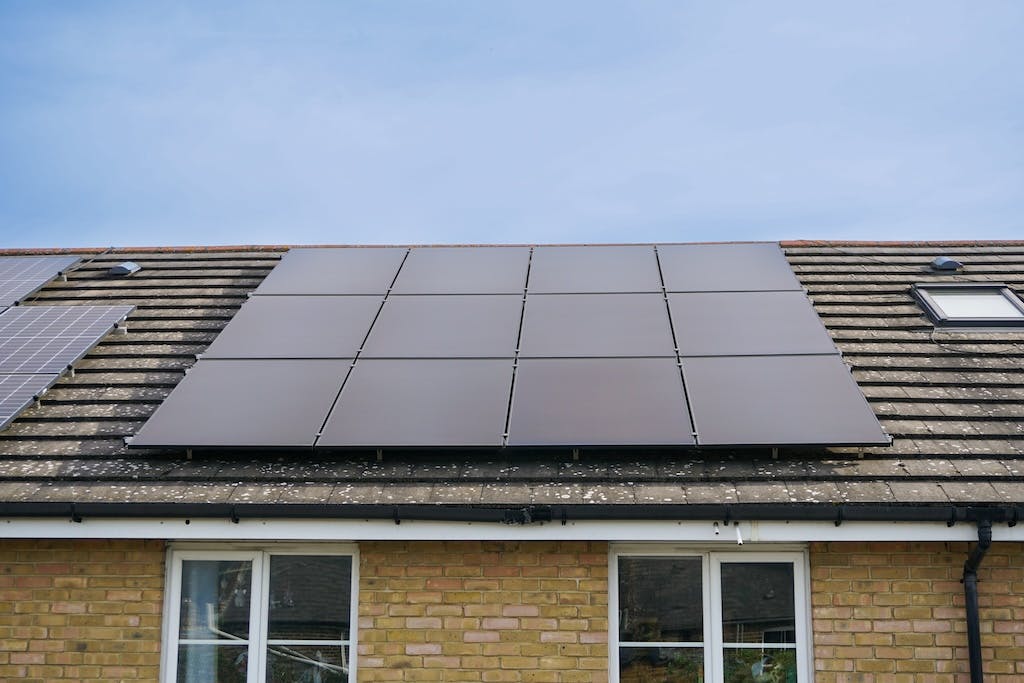
How much does solar panel maintenance cost?
Technical experts in the industry estimate that a solar & battery system will need three maintenance call-outs in 20 years: one each for the panels, battery, and inverter.
Depending on the nature of the problem and whether you have a maintenance support package in place, this issue could cost a lot of money to fix.
A new 5kWh solar battery costs roughly £3,000-£4,000, which you'll usually have to pay when you replace it after about 12 years.
Getting a new inverter tends to cost approximately £1,400, which again, you'll usually do around the 12-year mark.
And when it comes to your panels, the cost of removing and replacing them can run to thousands of pounds if scaffolding is required.
You'll also have to take care of cleaning your solar panels, which is generally recommended every two to three years in the UK - or a bit more frequently if you live a particularly dusty area, or by the sea.
Solar panel cleaning is usually affordable, costing roughly £10 per panel if you hire a professional to do it – or you can pay £70-£150 for an extendable, reusable cleaning pole and do it yourself.
If you sign up to Sunsave Plus, your fixed monthly cost will include the Sunsave Guarantee for the full term.
We do charge a call-out fee of £100, up to a maximum of £200 each year, plus VAT. That means even if you need multiple call-outs in one year, your costs will be capped.
This can be thought of a bit like an 'excess' on an insurance policy, as it's only a small fraction of the cost of this work – and we won't charge you anything for call-outs in the first two years that are found to be as a result of our workmanship.
What to look for in a solar panel maintenance package
If you want to secure peace of mind and proper maintenance support for your system, you should consider getting a subscription package.
As well as looking for a cost-effective offering, it’s worth ensuring that your chosen package keeps your system running, expertly deals with problems as they come up, and generally makes your life easier.
If the company also provides you with free replacement parts, that’s a massive bonus.
These are the main features to look out for:
- Monitoring. Try to find a company that can constantly keep an eye on your solar panel system to see issues as they appear. The firm should have a monitoring tool that alerts staff if anything looks amiss. This way, you don’t have to spend precious hours of your life tracking electricity output.
- Remote troubleshooting. If an installer can help fix any problems straight away, it’ll allow your system to generate as much electricity as possible, which will maximise your savings – and if a remote check is the first port of call, you won’t have to pay for unnecessary call-outs.
- Processing warranty claims. If any of your equipment performs below the standards laid out in its warranty – or suffers any damage – an installer should be able to handle the complicated, bureaucratic claims procedure for you.
- Free hardware replacements. When your inverter and battery reach the end of their useful life – usually after around 12 years – you’ll have to replace them to continue generating electricity and saving the same amount of money each year. The best packages offer these new models for free.
- Physical on-site visits. Your installer should offer on-site visits to fix any issues that can’t be solved over the phone. This way, you know that if something goes really wrong, it’ll receive professional, in-person attention.
How often do solar panels have to be replaced?
Modern solar panels last a very long time – 30-40 years, roughly – and can stay effective for many more years, if they're well maintained.
Germany’s Oldenburg University installed a 3.46 kilowatt-peak (kWp) solar panel system in 1976, and a representative told us it’s still sending 3,000kWh to the grid each year.
How long solar panels last depends largely on the type of panel, but fortunately, rooftop installations all tend to use panels with this kind of long lifespan.
If your panels haven't seen a significant drop in efficiency within this time, there's no need to replace them. An installer can track their performance and make recommendations.
What’s the typical warranty of a solar panel?
Solar panels come with two kinds of warranty: product, which includes the physical panel, and power output, which is how long many years can expect a certain amount of power to be generated by the panel.
Most product warranties for solar panels are around 10-25 years, and most power output warranties are around 25 years.
For more information, check out our guide to solar panel warranties.
Does solar panel output decrease over time?
Solar panel output generally reduces very slowly, with an expected decrease of around 0.5% each year.
While this will have a minimal impact initially, it does accumulate, which is why you’re unlikely to find a warranty for solar power lasting beyond 25 years.
Most warranties will usually guarantee 90% of maximum output for the first 10 years, and 80% by the 25th year.
Next steps
A solar & battery system can require a fair amount of maintenance across its lifetime to ensure it keeps producing as much electricity as possible, such as replacement parts and output tracking.
It’s best to put these obligations in the hands of an installer that knows what signs to look out for, can fix problems quickly, and provides free replacement hardware. It takes all the hassle out of owning solar panels.
If you don't have a maintenance support package from an installer, you should consider arranging for an intermediate maintenance visit from a trusted solar company every 10 years, and a full maintenance visit every 15 years.
If you would like to see the savings you could get from a solar & battery system, answer a few quick questions and we’ll provide an estimate.
Find out how much you can save
What kind of home do you live in?
Solar panel maintenance: FAQs
Related articles

Written byJosh Jackman
Josh has written about the rapid rise of home solar for the past six years. His data-driven work has been featured in United Nations and World Health Organisation documents, as well as publications including The Eco Experts, Financial Times, The Independent, The Telegraph, The Times, and The Sun. Josh has also been interviewed as a renewables expert on BBC One’s Rip-Off Britain, ITV1’s Tonight show, and BBC Radio 4 and 5.



